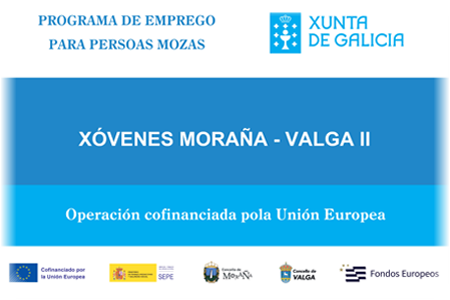XESÚS FERRO COUSELO

The researcher and essayist Xesús Ignacio Ferro Couselo was born in Santa Comba de Louro, known as Cordeiro (Valga, Pontevedra) in 1906. He gets into the seminar of Santiago in 1918 and studies Philosophy and Literature in the History section, obtained his doctorate at the Universidad Pontificia. At this point, Ferro Couselo, very interested in prehistory (the influence of his uncle Xosé Couselo Bouzas, archaeologist and historian, would be decisive in his career), would make contact with members of the generation of the Seminario de Estudos Galegos and decides to give up the ecclesiastical degree.
In 1931, while he was beginning his work as a teacher in a school in Vigo, he began to publish in the journal “Logos” (of “galeguista” and Christian ideology) and participated in the founding of the Partido Galeguista in Pontevedra. He moved in 1935 as interim professor at the Instituto de Tui and created in this village the magazine “Tude” (of which he was the director) with the collaboration of the brothers Alvarez Blázquez, his students. A year later, he was elected vice president of the Mocedades Galeguistas, but in order to prepare the oppositions, he had to settle in Madrid, with the beginning of the military uprising. He remained in the Spanish capital during the conflict, working with different entities (the CNT, Patrimonio, Cruz Roja) and being a part of the Milicias Populares Galegas of the Frente Popular.
Once the war ended and after getting a place in the group of Archivists , Librarians and Archaeologists, he came back to Galicia and settled in Ourense. In this city, he made a very valuable work in defense of the Galician historical and artistic heritage, as director of Museo Arqueolóxico Provincial (he managed its location in the episcopal palace and considerably increased his funds); he also initiated the publication of the Boletín del Museo Arqueológico Provincial de Orense (1943-1953) and the Boletín Auriense (1972-1981). As cultural animator, we can emphasize its role in the founding in 1950 of the magazine "Posío. Arte e Letras" and years later, in 1967, the Asociación Cultural Auriense. He also worked as an archaeologist, sharing this work with Xaquín Lorenzo.
In 1951 he get into the Real Academia Galega (where he supported in 1963 the initiative of Fernández del Riego to establish May 17 as Día das Letras Galegas). A year later, in 1952, he published his doctoral thesis, directed by Armando Cotarelo Valledor, under the title Los petroglifos de términos y lanas insculturas rupestres.
Although he wrote in Galician and Spanish many historical, ethnographic, artistic a
nd linguistic articles in newspapers and magazines ("Logos", "Compostellanum", "Lana Night", "Weekend", "Lana Region", the Portuguese magazine "Bracara Augusta”), his only work edited in volume was A vida e a fala dos devanceiros (collection of texts of the thirteenth and fourteenth centuries), which Galaxy (in whose foundation he had participated) released in 1955.
Ferro Couselo died in the city of Burgas (Ourense) in 1975, and he was buried in his native village. The Día das Letras Galegas of 1996 was dedicated to his honor.






